Rather than focusing on patient assisted suicide / medical killing/ active euthanasia we bring end of life spiritual care and support of both patients and family members. The Reverend Eric Cave (Senior Chaplain and Pastoral Care and Bereavement Worker) presented the following on “End of Life Spiritual Care and Support of Patients and Family Members”:
Illness leads us into new and unfamiliar paths where expressions of grief, anxiety, fear and doubt can be hard and painful.
In the 2006 Census, of the 19,855,289 Australian residents counted, 3,706,557 or 19% said that they had no religion. (Mark Schliebs NEWS.com.au June 27, 2007) This does not mean that they had no spiritual interest.
“Taking a spiritual history is the most important and central activity that Health practitioners are asked to do. The spiritual history will determine all future interventions and may impact upon the treatment plan.”
“Ken Pargament defines the word ‘spirituality’ as ‘a search for the sacred’. Pargament has been one of the leaders attempting to ground the term spirituality in something more sustainable, that is the ‘sacred’ (God, Jesus, Mohammed, the Buddha, Brahman, ultimate truth or reality).”
(Koenig Harold – Spirituality in Patient Care Templeton Foundation Press 2007)
Spirituality includes whatever gives a person meaning, value and worth in their life.
Spirituality and religion are clearly distinguished: religion can be an important part in a person’s spirituality but how important if at all will depend on the person.
“Spirituality is difficult to define, discuss and audit. By accepting that spirituality is individual in nature it follows that its expression will also be individual.”
(Marie Curie Cancer Care Competencies)
What is God’s intention towards me?
What has God promised for me?
(Pruyser – the Minister as Diagnostician 1976)
Pruyser was interested both in how people find meaning and in what that meaning is. In discussing a person’s attitude to the Bible, he said, “the diagnostic value of that symbol of faith lies in what it does to the person’s horizon. Does it open up the world for him, or does it draw narrow boundaries, making a little niche for an area of safety? Whilst this model would not suit an evangelical Christian nor a devout Jew, Buddhist or Muslim yet the breadth of the themes combined with Pruyser’s interest in the how and the what of a person’s spirituality has contributed to the strength of this model of spiritual assessment and its widespread adoption.
“Pain and suffering are always complex and multidimensional experiences that are often crying out for enlightenement and resolution in several perspectives at once.”
Religious coping is the use of religious beliefs or practices to reduce the emotional stress caused by loss or change. People turn over their problems to God so that they cease worrying about them.
End of life decisions are often influenced by the religious beliefs of patients or/and their family members. Not to resuscitate or to discontinue treatment or conversely to pray for a miracle in a medically futile situation all can enter into a complex situation. Studies show that a religious person not only has a larger support network but that the quality of the network is higher and may be more durable than secular sources of support when chronic illness strikes.
Koenig quotes research at Duke University Medical Centre as showing that people not affiliated with a faith group spent double the time in hospital compared to those who were actively connected and involved with a faith group. The large difference in length of stay of affiliated and non-affiliated members could not be explained by severity of physical illness, disability level, social support or depressive symptoms. Similar statistics were quoted at the 2005 Health and Spirituality conference in Adelaide.

![7cabbc77-f37a-4f93_lg[1]](http://imaginarydiocese.org/bishopjohn/files/2009/10/7cabbc77-f37a-4f93_lg15.jpg)
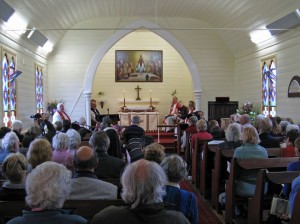
![WBAnglicanChurch1[1]](http://imaginarydiocese.org/bishopjohn/files/2009/11/WBAnglicanChurch11-300x231.jpg)
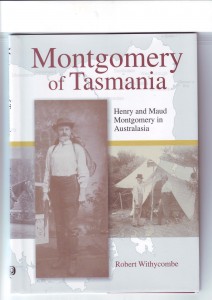
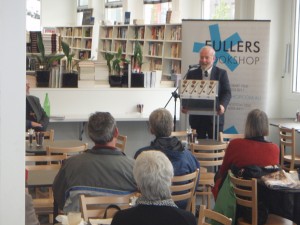
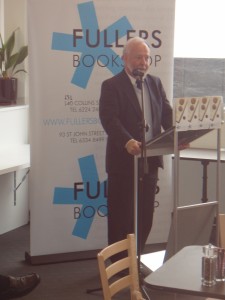
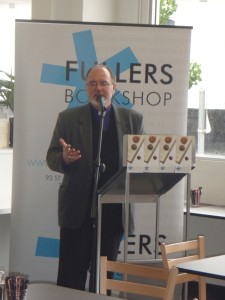

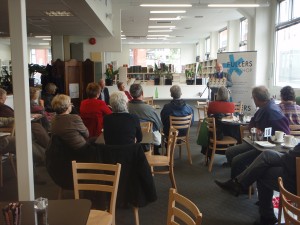
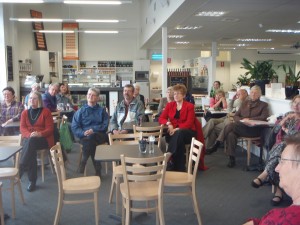
![7cabbc77-f37a-4f93_lg[1]](http://imaginarydiocese.org/bishopjohn/files/2009/10/7cabbc77-f37a-4f93_lg14.jpg)